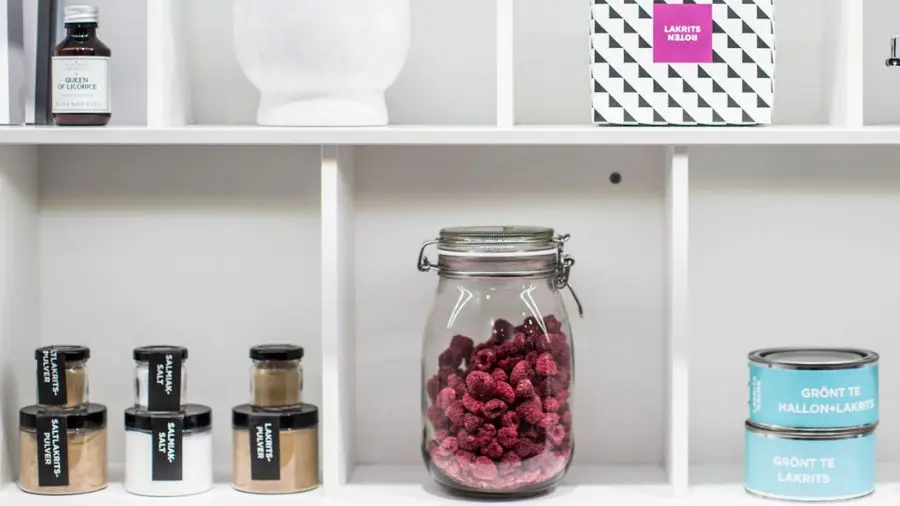Eat & Drink
Swedish Food in Uppsala - What to Try and Where
Curious about Swedish flavors? From hearty traditional dishes to fika culture and sweet candy traditions, Uppsala offers a tapestry of tastes that tell the story of Sweden’s culinary heritage. Here are some Swedish favorites to try when visiting Uppsala.


Herring and S.O.S
Sill, or herring, is a fermented fish sometimes combined with seasoned sauces. S.O.S is one way to serve herring, and the acronym stands for smör, ost, and sill – butter cheese, and herring. Generous amounts of butter is spread over Swedish crisp bread and topped with flavorful cheese and herring. Sometimes chives, bleak roe, potatoes and other trimmings are added as well. S.O.S is served on Scandi restaurants all year round, often as a starter.
Try it here:
Hambergs
Uppströms Fisk
Sillunch at UKK (annual celebration of Walpurgis at the 30th of April)
Swedish Meatballs
If you ever been to an IKEA store, chances are you are already familiar with the Swedish meatballs. “Köttbullar,” holds a special place in the hearts of Swedes and visitors alike. These savory morsels of seasoned ground meat are typically served with lingonberry sauce, creamy mashed potatoes and cream sauce. Uppsala’s eateries, both traditional and contemporary, pay homage to this iconic dish, offering their own unique interpretations that tantalize the taste buds.
Try it here:
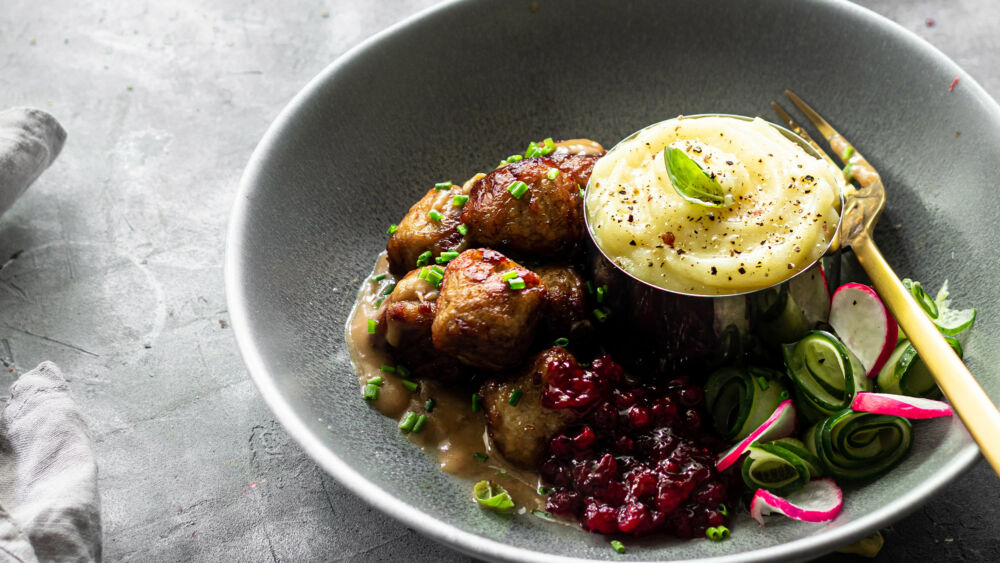
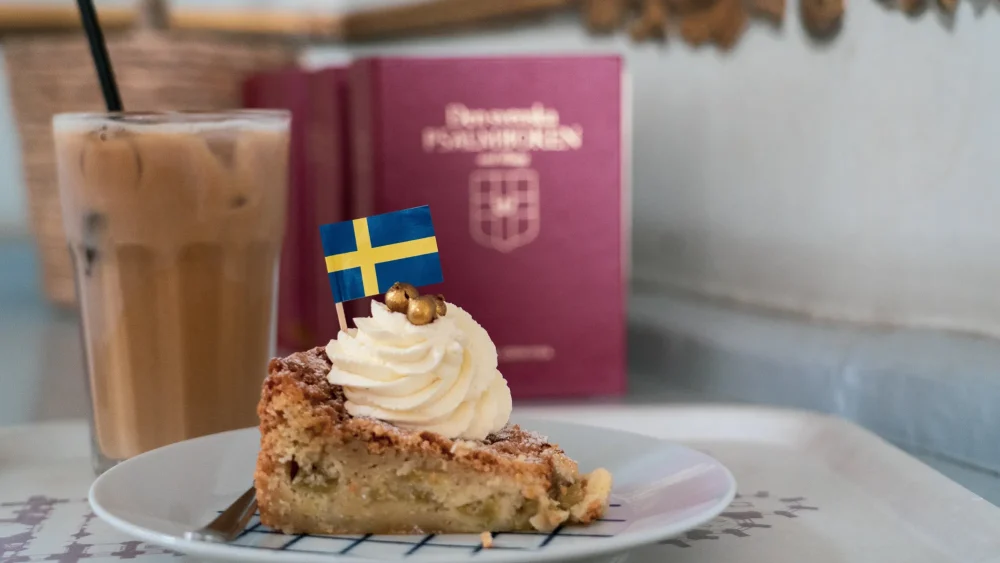
Fika
The concept of Swedish Fika is world renowned. It means taking a break with coffee and something sweet. Classic spots, often called konditori, serve traditional pastries alongside new creations.
Swedish cinnamon buns are the most iconic treat, found in every café. Seasonal semla buns with almond paste and cream appear before Easter, while the old custom of serving seven assorted biscuits still sweetens Swedish coffee gatherings.
Try it here:
Uppsala boasts many great cafes, ranging from modern coffee bars to traditional bakeries. Read our listing of cafes in Uppsala.
Swedish Pancakes
Agriculture has always been central to Sweden, and so has the flour-based favorite — the pancake. Mentioned as early as 1538, Swedish pancakes are thin and pan-sized, typically served with jam and whipped cream. Traditionally eaten with pea soup on Thursdays, this pairing dates back to army traditions. Today, cafés and restaurants serve modern takes inspired by both French galettes and American pancakes.
Try it here:
Brasseri21
Gästrike-Hälsinge Student Nation, Pancake Brunch
Crêperie Avli
Melrose Café
Crêperie Bamå
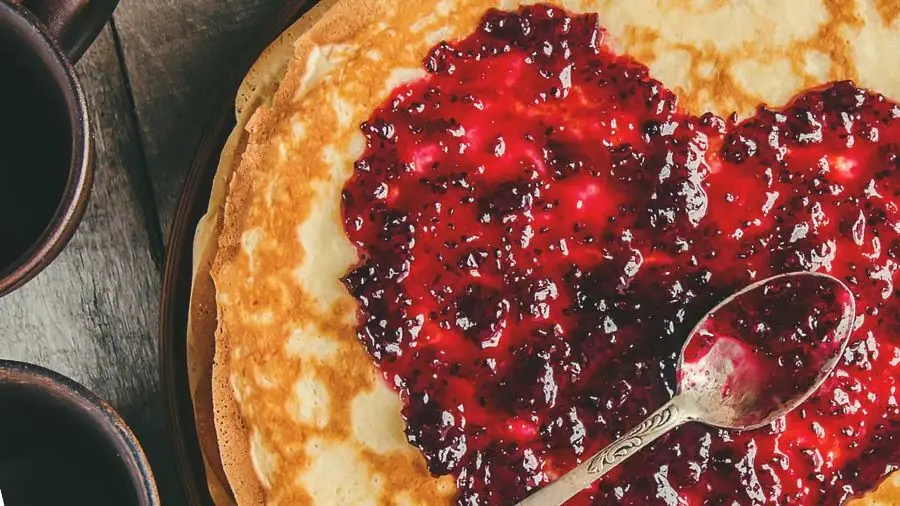
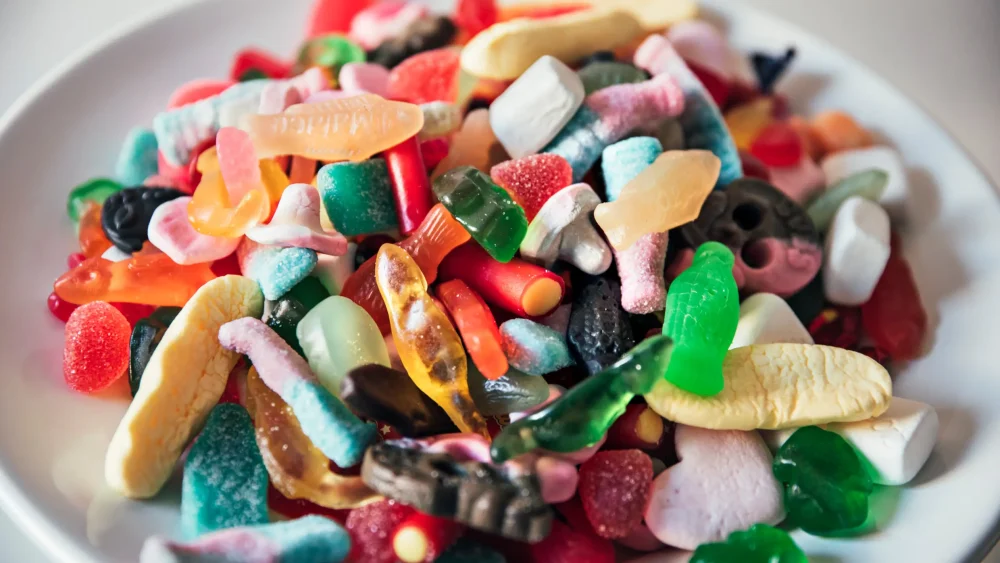
Swedish Candy
Few countries love candy as much as Sweden. “Lördagsgodis,” or “Saturday sweets,” is a cherished tradition where Swedes fill their bags with colorful treats from bulk candy walls. From sour gummies and salty licorice to chocolate-covered delights, Swedish candy is a playful mix of sweet, sour, and salty flavors. Uppsala’s shops invite both locals and visitors to dive into this sugary world!
Try it here:
Kandyz
Hemmakväll
EKO
All grocery stores in Uppsala
Licorice
Swedes also love licorice – we consume nearly 2 kilos per person per year! Licorice arrived in Sweden in the late 19th century and has since become a very popular product, found in both food and sweets. If you buy pick and mix candy in Uppsala (you should!), there will most definitely be several different varieties of licorice to choose from. In Uppsala city, you’ll also find a shop entirely dedicated to licorice where you can both participate in guided tastings and buy different varieties to take home.
Try it here:
Look for licorice on the dessert menu at restaurants, in the counters of the city’s bakeries or visit the store Lakritsroten.
